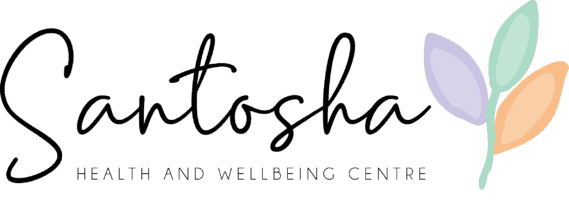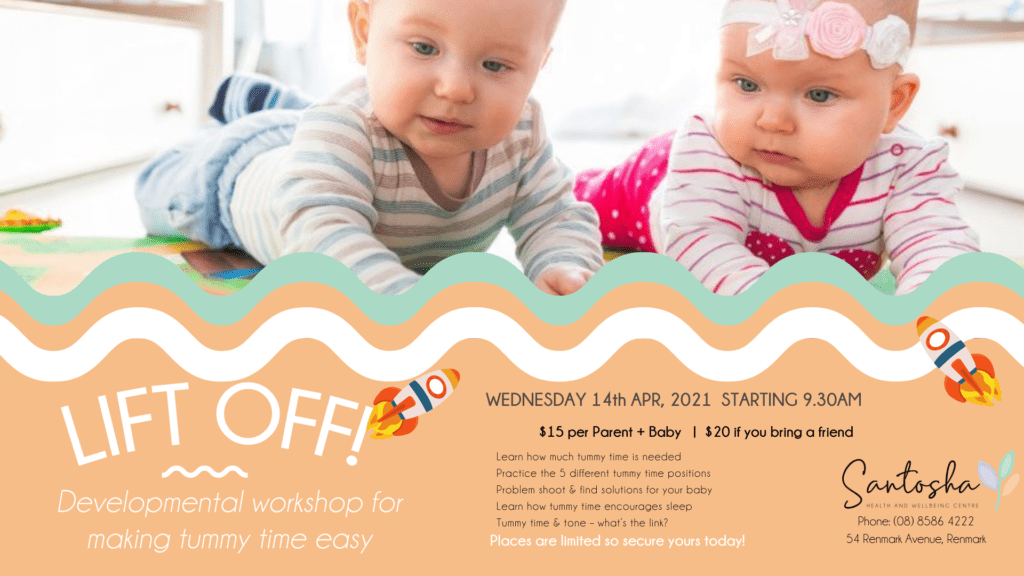Perhaps you’ve seen a flat spot on your own child’s head, or maybe a friend or relative has a baby with a flat head and you’ve asked yourself the question, “Is that ok?”
Babies have very soft and malleable skulls. This is a perfect design as the plates of the skull can move and slide to allow us to squeeze down the birth canal. For up to 18 months, these skull bones, also called cranial bones are still quite moveable. It is only by 7 years old that we have full ‘interdigitation’ of our cranial bones, and even then, they still move separately. They are able to move because of the sutures between the joints. Sutures are essentially expansion joints, allowing our brains to grow and expand underneath, while still being protected by the skull.
As the cranial bones are quite malleable, they are also susceptible to deformation. ‘Flat head syndrome’ also known more descriptively as ‘Deformational Plagiocephaly’ or ‘Positional Plagiocephaly’ is characterised by a persistent flat spot often on the back or side of the head. It can also cause asymmetry in the face.
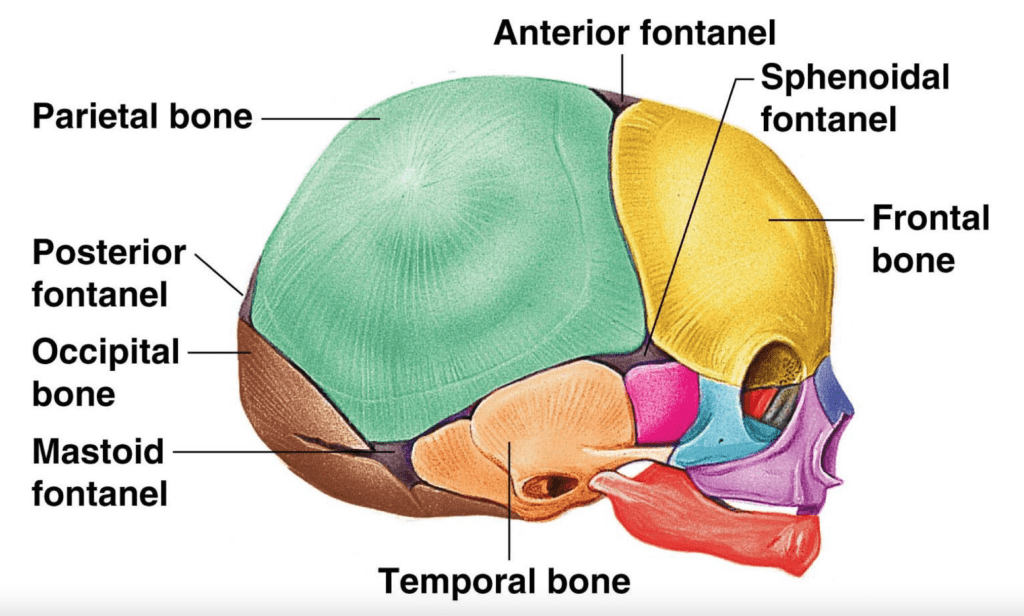
Deformational Plagiocephaly is different to something called ‘Craniosynostosis’ which occurs when two or more sutures fuse too early. This condition also causes deformation of the skull but can only be corrected by surgery.
It has been noted in numerous studies that the “Back to Sleep” campaign to reduce SIDS has resulted in an increase in deformational plagiocephaly.
But whatever the cause, is it a problem?
For many years, plagiocephaly has been viewed as just a cosmetic issue. Many parents have been told, “Once he grows hair, you won’t see it anymore.” Or “Don’t worry, she’ll grow out of it.” But unfortunately, there is a lot of research to the contrary. Studies clearly show a link between deformational plagiocephaly and developmental delays, sensory processing disorders (particularly auditory) and mandibular (jaw) asymmetry which can affect dental function.
What does the Research say about the relationship between Plagiocephaly and developmental delay?
There are many research articles available but here is a selection of just a few:
In 2010 a study of 235 babies found that, “Deformational plagiocephaly seems to be associated with early neurodevelopmental disadvantage, which is most evident in motor functions.”
Speltz, ML, Collett, BR, Stott-Miller, M, Starr, JR, Heike, C, Wolfram-Aduan, AM, King, D & Cunningham, ML 2010, ‘Case-control study of neurodevelopment in deformational plagiocephaly’, Pediatrics, vol. 125, no. 3, pp. e537–542.
A retrospective study in the year 2000 followed up with 63 children who had previously been diagnosed with Deformational Plagiocephaly and concluded that: “Infants with deformational plagiocephaly comprise a high-risk group for developmental difficulties presenting as subtle problems of cerebral dysfunction during the school-age years.”
Miller, RI & Clarren, SK 2000, ‘Long-term developmental outcomes in patients with deformational plagiocephaly’, Pediatrics, vol. 105, no. 2, p. E26.
Another study published in 2016 compared 393 infants with Positional Plagiocephaly and 390 ‘healthy’ infants. Their conclusions, “revealed neurological abnormalities, including asymmetric movements and abnormal muscle tone, postures, and reflexes, in infants with PP, especially those with moderate or severe PP. These abnormalities were similar to those of infants with cerebral palsy. Therefore, PP may serve as a marker of neurodevelopmental risk and should receive considerable attention.”
Zhao, XQ., Wang, LY., Zhao, CM. et al. Neurological assessment of Chinese infants with positional plagiocephaly using a Chinese version of the Infant Neurological International Battery (INFANIB). Childs Nerv Syst 33, 281–288 (2017).
So, if all children are sleeping on their backs, why does this affect some children and not others?
There are many factors that will cause some babies to develop flat heads and other will not. Here I will address just a few of those factors:
Tummy Time
Tummy time is vital for your babies development. I cannot stress this point enough. Tummy time allows babies to:
- Unwind from their curled ‘foetal position’ postures to open and stretch their spine (which is also why I discourage use of baby capsules)
- Develop their ‘Cervical curve’, the C-shaped curve that is the correct posture of our neck
- Exercise all of their back and spine muscles, again essential for correct posture
- Extend their entire spine which drives neurological input into the ‘cerebellum’. This is the part of the brain essential for coordination, movement, learning and so much more
- Strengthen their neck muscles, which attach to the bone at the back of the skull called the occiput. It is often the occiput that is ‘deformed’ with plagiocephaly.
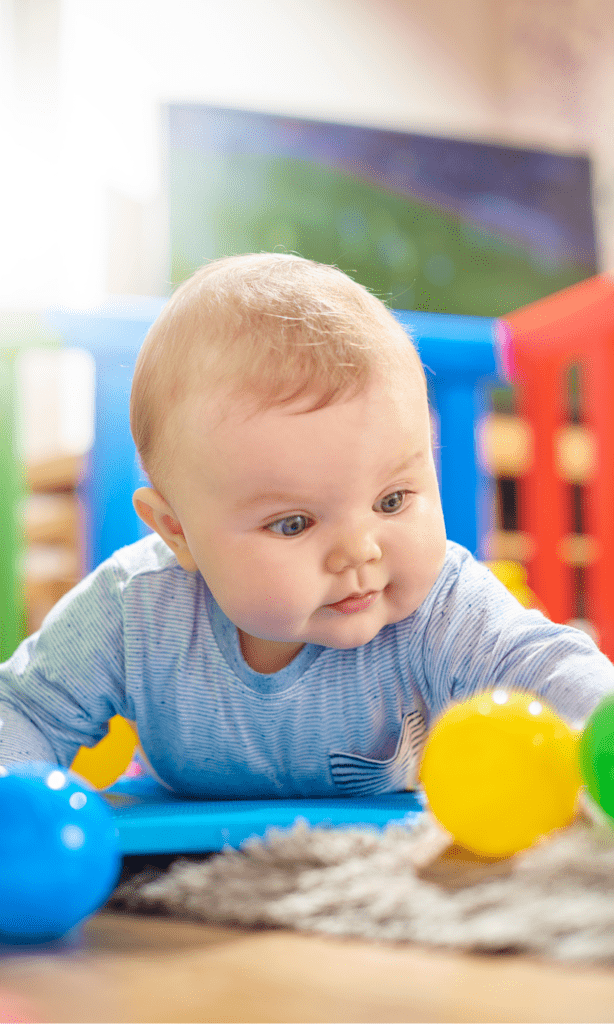
Side preference or Breast preference
If you have ever breastfed a baby, you may relate to the ‘overachiever’ boob and the ‘underachiever’ boob. One side always seems to produce more milk than the other. This may be just the way you are. But it can also indicate that your baby is feeding better on the ‘overachieving’ side and this may be because they are not as comfortable on the opposite side. Again, there are numerous reasons for this. However, if your baby has more range of motion to one side or the other, they may spend more time with their head to one side. This may lead to more pressure on one side of their head and the development of a flat spot.
This may be because:
- Dominant side: If you or your partner always tend to hold the baby on one side, they may always be turning one way and getting more ‘exercise’ to that side. Try and carry them in different positions and on different sides. This is something I address in the article “How to optimise your baby’s bottle-feeding experience” and why swapping side (even when holding breastfed babies) is important.
- Cot position: Babies often turn their head toward their caregiver, even when sleeping. If your baby’s cot is to the side of your bed, they may be turning to look for you. An easy solution is to turn the cot periodically or just place their head at the other end.
- Birth Trauma: Birth can be difficult. And when intervention such as forceps or Ventouse is needed, injuries can and do occur. Twisting and pulling to help baby out can cause sprains and strains to their neck, which can present as side preference after birth.
Torticollis or ‘Wry Neck’
Infant torticollis or Congenital torticollis is when muscles on one side of the neck are very tight leading to a persistent head tilt. This can be caused by the position in the womb, difficulty during childbirth (including intervention mentioned above) and can be related to developmental dysplasia of the hip. It is important to see a practitioner as torticollis can lead to development of plagiocephaly.
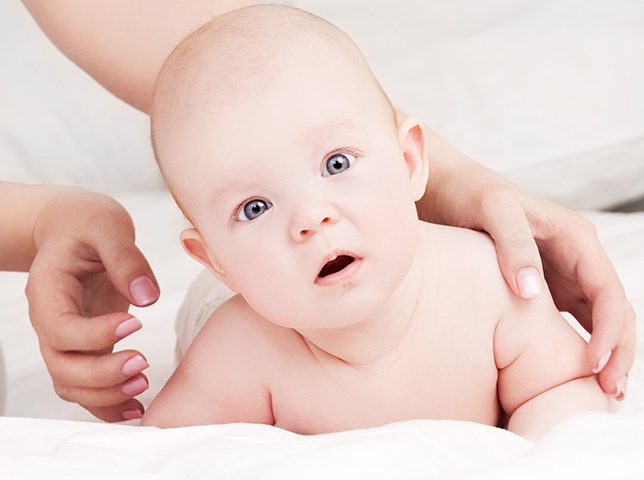
What is the evidence for Chiropractic Care?
Effectiveness of chiropractic treatment in any age group is difficult due to the complexities of having a control group to compare with. There are many published papers available regarding chiropractic care in the case of plagiocephly, but more research and evidence is needed.
One recommendation concluded that it was “appropriate to propose a course of pediatric chiropractic manual therapy along with advice and recommendations regarding active counter-positioning, “tummy time,” and appropriate infant placement.” (Leighton 2008). Another study involving 64 babies between 0 and 12 months found “there was both a statistically and clinically significant reduction in plagiocephaly measurement for this cohort of infants after a course of chiropractic care.” (Douglas et al. 2016)
What can parents do to reduce plagiocephaly?
👶🏻 Maximise Tummy Time
(I will be holding a workshop at the end of February. See link below 👇🏼 )
🤱🏼 Swap sides when holding or feeding baby
🪣 Minimise time in baby capsules
💪🏼 Lots and lots of floor time to increase muscle development
👩🏻⚕️ See a health professional skilled in musculoskeletal therapy if you’re concerned.
🚀 Lift Off 🚀
A developmental workshop for making Tummy Time easy
✦ Practice the 5 different tummy time positions
✦ Problem shoot and find solutions for your baby
✦ Learn how tummy time encourages sleep
✦ Tummy time and muscle tone – what’s the link?
🕘 9:30am
📍 Santosha Health & Wellbeing Centre
54 Renmark Avenue, Renmark
📞 08 8586 4222
